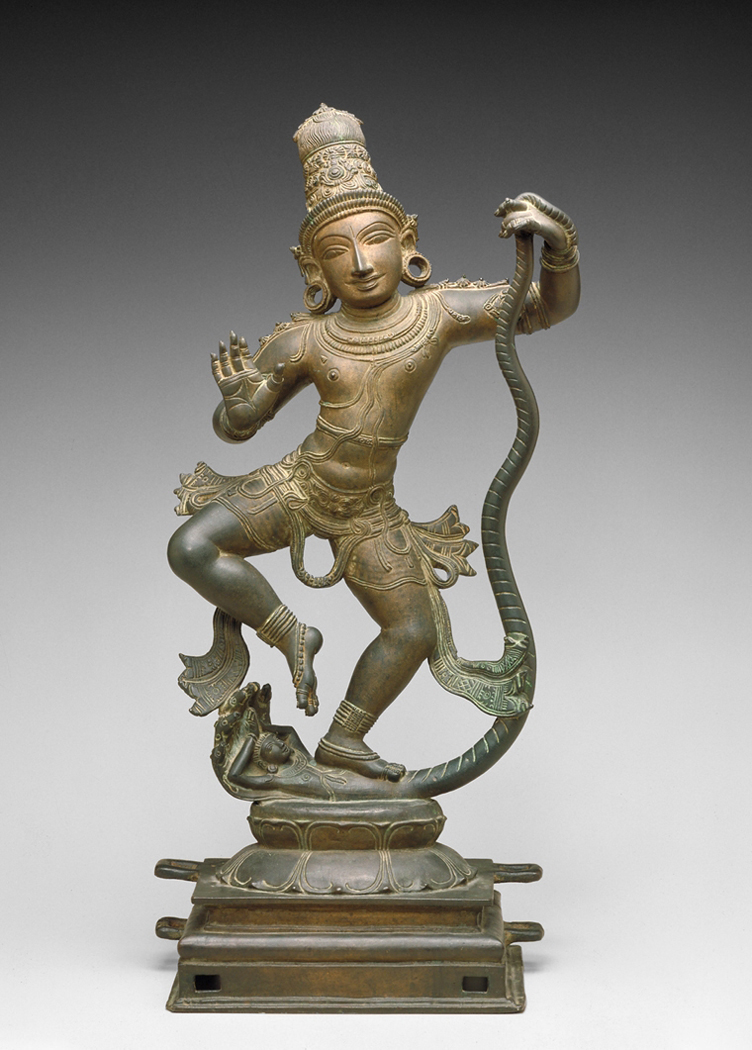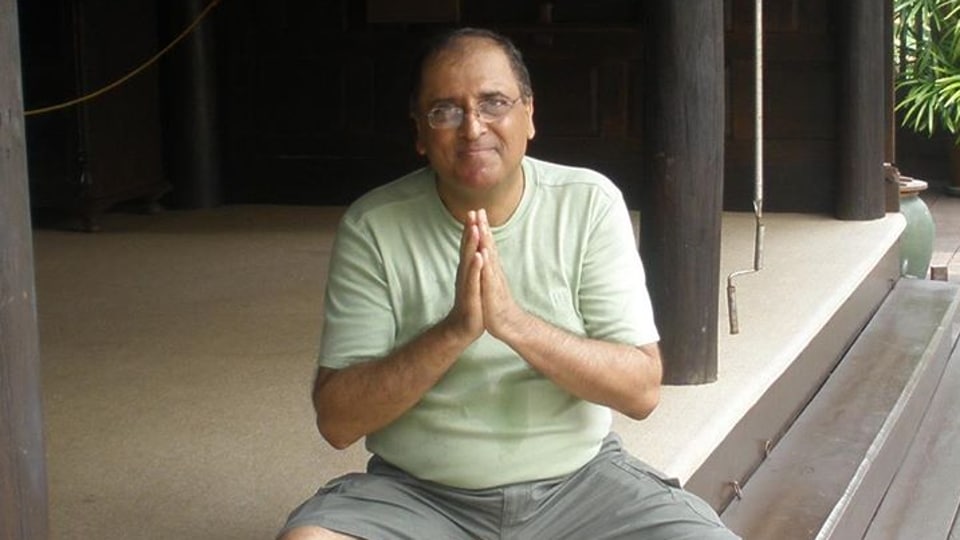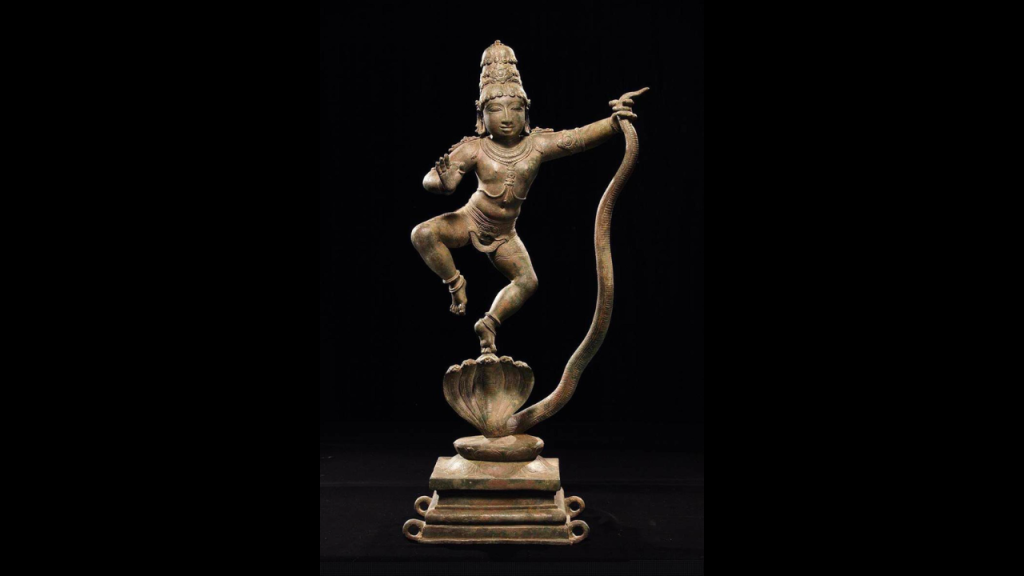Introduction
In a significant breakthrough, the Idol Wing CID (IWCID) of the Tamil Nadu Police has intensified efforts to repatriate a rare 12th Century bronze idol of Lord Krishna in a dancing posture, which was stolen from a temple in Tamil Nadu and later discovered in the United States. This remarkable journey to recover a piece of India’s rich cultural heritage sheds light on the clandestine world of antiquities smuggling and the global network of art dealers involved.
The Stolen Idol’s Mysterious Odyssey
Theft and Initial Disappearance
The story begins with the suspected theft of the bronze idol, known as Kaliya Marthana Krishna, sometime before 2005 from a temple in Tamil Nadu. It is believed that the notorious antiquities dealer Subash Chandra Kapoor and an accomplice were behind this audacious heist, setting off a chain of events that would span continents.

Involvement of Subash Chandra Kapoor
Subash Chandra Kapoor, a name synonymous with the illegal trade in Indian antiquities, is alleged to have obtained the stolen idol. Documents seized during the investigation indicate that the idol’s value at the time of purchase was a staggering $650,000 or ₹5.2 crore.

The Role of Douglas Latchford
The idol’s journey took an unexpected turn when it was acquired by Douglas Latchford, a British art dealer who passed away in Bangkok in 2020. The investigation unveiled that Latchford had collected the idol from Subash Chandra Kapoor in 2005. This discovery brought to light the shadowy connections between international art dealers and their role in the trafficking of stolen cultural artefacts.

The United States Connection
The bronze idol found its way to the United States, where it was discovered by the vigilant efforts of the IWCID. Investigators, scouring websites of museums and art galleries, stumbled upon an image of the idol in an article authored by Douglas Latchford himself. This finding ignited the quest to repatriate the stolen relic.
Investigation and International Cooperation
Homeland Security Investigations (HSI) Collaboration
Crucial in the investigation was the cooperation of Homeland Security Investigations (HSI) in the United States. With their assistance, the whereabouts of the idol were traced, culminating in a crucial lead for the authorities in India.
Identification of Origin
The bronze idol has been identified as belonging to the 11th-12th Century of the later Chola period in Tamil Nadu. The next challenge for the investigators is to ascertain the specific temple from which this invaluable piece of art was stolen. This revelation underscores the significance of not just repatriating stolen artifacts but also returning them to their rightful historical and cultural contexts.
Repatriation Efforts and Hope for the Future
Legal Proceedings Initiated
Based on initial findings, a first information report (FIR) has been registered by a police inspector at the IWCID headquarters. Legal proceedings are now in motion to facilitate the return of the stolen idol through proper channels.
Optimism for the Future
Art enthusiasts and cultural preservation advocates are hopeful that this successful retrieval of the bronze idol is just the beginning. Many more suspected Indian artifacts, including Chola bronze idols, have been identified in Latchford’s apartments in Bangkok and London. The collective efforts of agencies like the Manhattan District Attorney’s office and Homeland Security offer promise for the repatriation of India’s cultural treasures.
Conclusion
The recovery of the stolen 12th Century bronze idol of Lord Krishna in the United States serves as a beacon of hope for the restoration of India’s cultural heritage. It highlights the importance of international cooperation in combating the illicit trade in antiquities and emphasizes the need to protect and preserve the historical treasures that bear witness to India’s rich and diverse past. This victory in the battle against cultural theft demonstrates that, with persistent efforts and collaboration, priceless artefacts can find their way back home to the land from which they were unjustly taken.

Contributor





